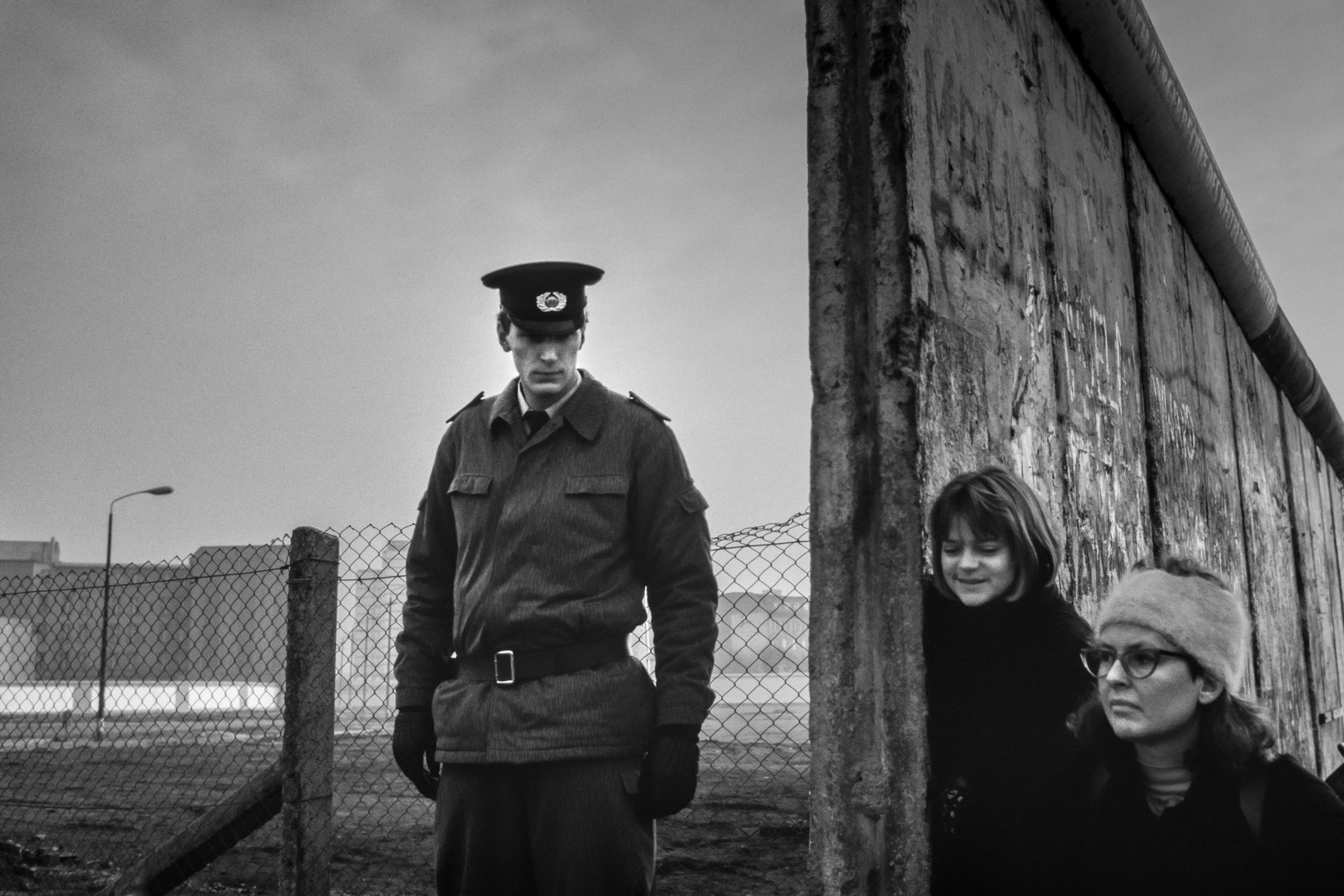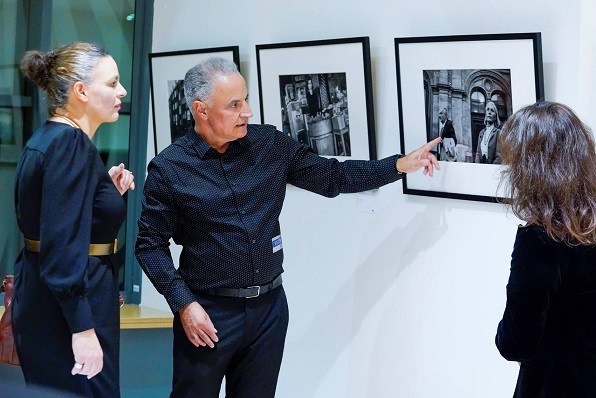On the eve of the 30th anniversary of the fall of the Berlin Wall, the European Economic and Social Committee (EESC) has invited the well-known Greek photographer Constantin Pittas, to feature more than 50 photos from 17 countries in an exhibit titled "Images of another Europe 1985-1989."
This photo exhibition on display from 28 October to 22 November 2019, in Foyer 6 is meant to explore the meanings and reflections around the end of the East-West division of Europe.

Berlin, 11.11.1989
Pittas travelled around Europe in the years before 1989, and managed to capture with his camera not just images, not just faces, landscapes or portraits: He captured moments in history. These shots transport us to another era, another reality.
Looking at some of the photos, 1989 seems surprisingly long ago. And it must seem even more so for the young generation for whom the Iron Curtain is just a lesson in their history textbooks.
It is hard to believe that 30 years have passed already, and we are now enjoying a normality that then seemed an impossible dream.
Our incoming High Representative for External Relations, Mr Josep Borrell, recently said that borders are the "scars of our past wars". The Berlin Wall and the Iron Curtain are such scars, but luckily no longer physical borders.
In this year of commemoration, we can be proud of having removed many borders, but not all. Borders, beyond their geographical realities, are a reality in our minds. Barriers exist even today between the citizens of East and West Europe, the North and the South.
The European Union is a unique project. Beyond economic development, however, we have done a poor job to reconcile our collective historical memories. We have created a huge single market, but it seems we have failed after the most recent enlargement and the reunification of Central and Eastern European countries in our EU family, to create a common approach to Europe's past based on the foundation of European core values, such as humanism, tolerance, solidarity and democracy.
We have failed to support the reconciliation of memories and a joint European identity and narrative.
When I look at these pictures, the similarities between East and West are striking. They show ordinary people leading ordinary lives, their hopes, their sorrows, their joys. No matter where and when we live –in the 80s or now- we are all human beings, with hopes for a better future.
On this anniversary, we must strive to overcome the psychological barriers that still exist, for a Europe that embodies the values of peace, freedom and democracy. For a Europe that breathes with its eastern and western lung.
Clearly, we have often made mistakes in thinking about how certain results were achieved because we have taken certain conditions for granted. Rather, it must be made clear, including to the younger generations, that these conditions are never permanently acquired or overcome.
The only certainty is that, despite its limitations, the European Union is still the best gift we can give to our children and our children's children. Constantin Pittas with his photos is pointing us in the right direction.
Luca Jahier, President of the EESC


